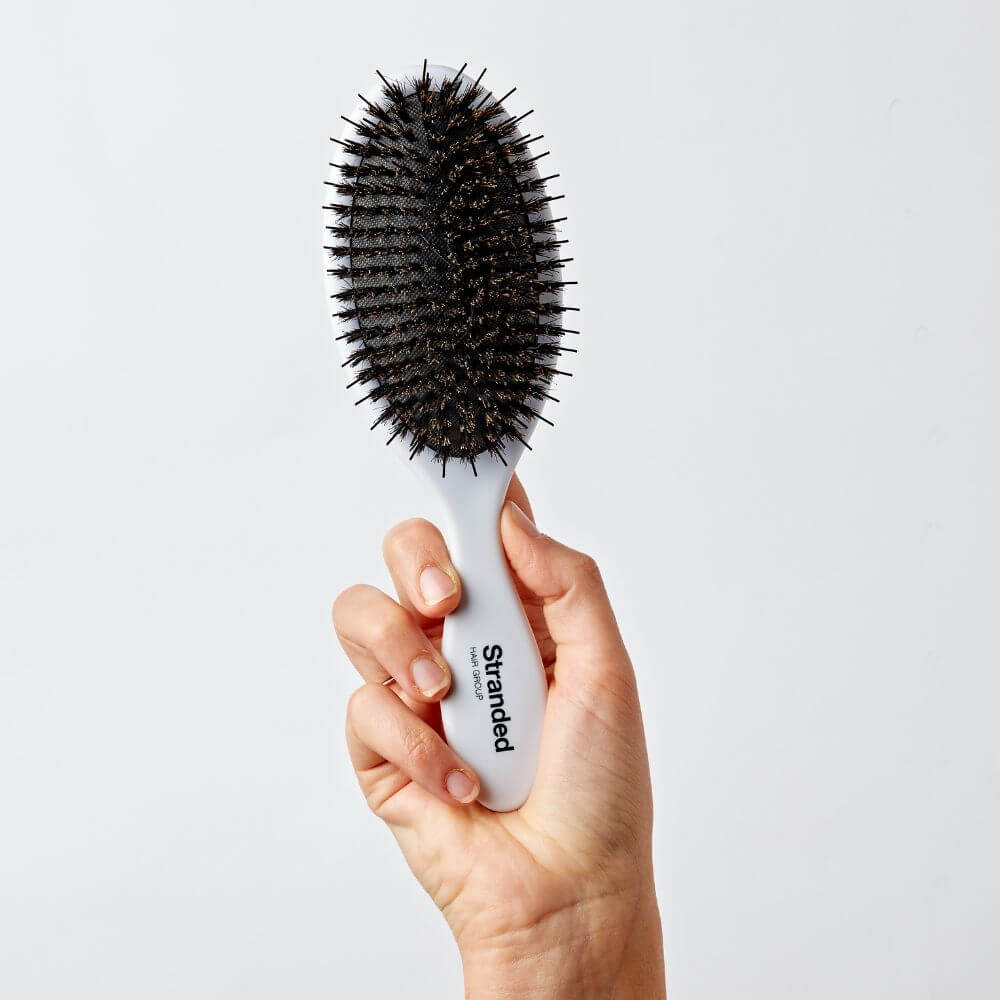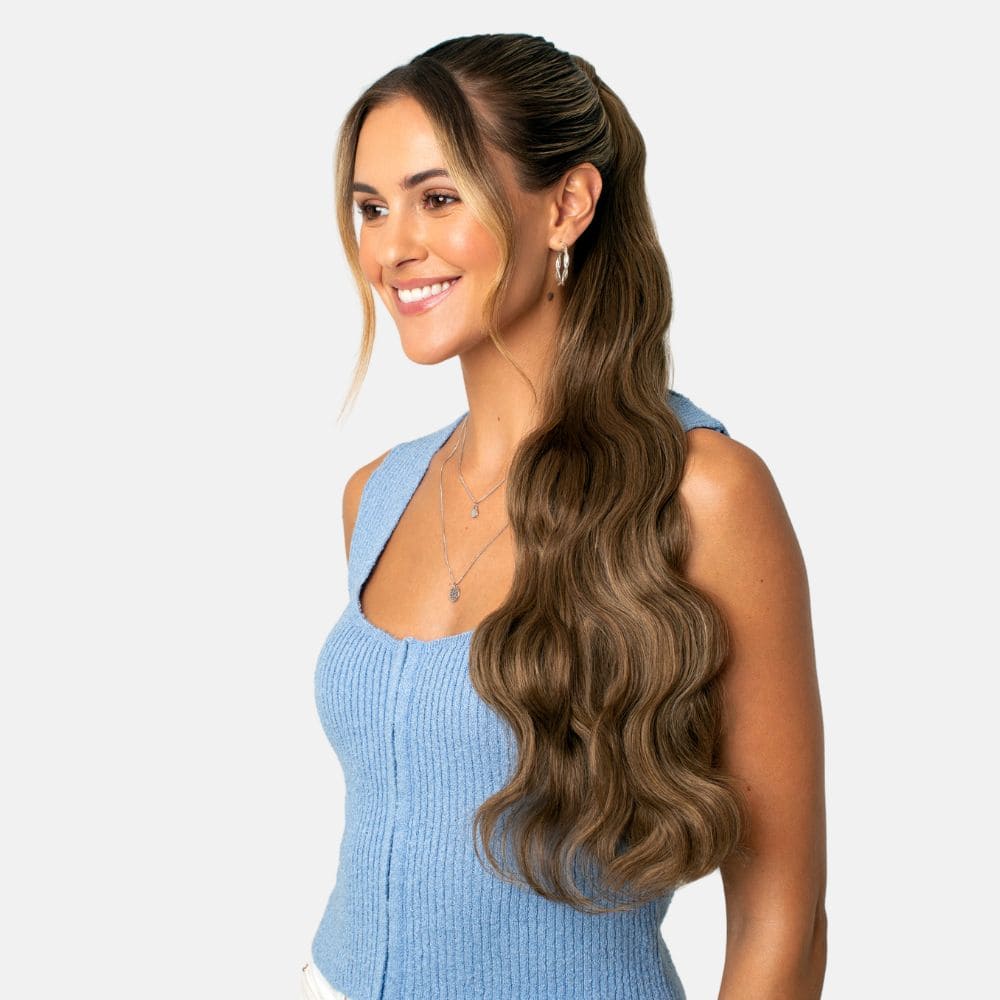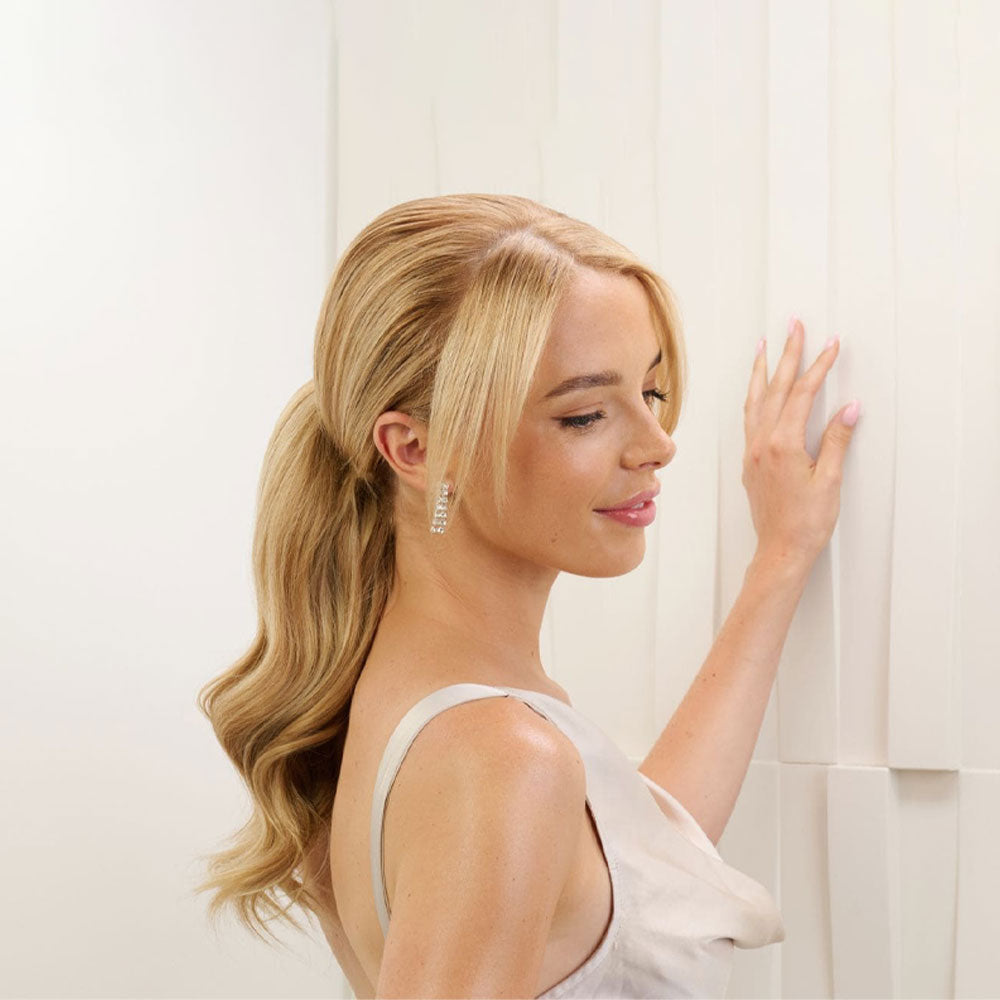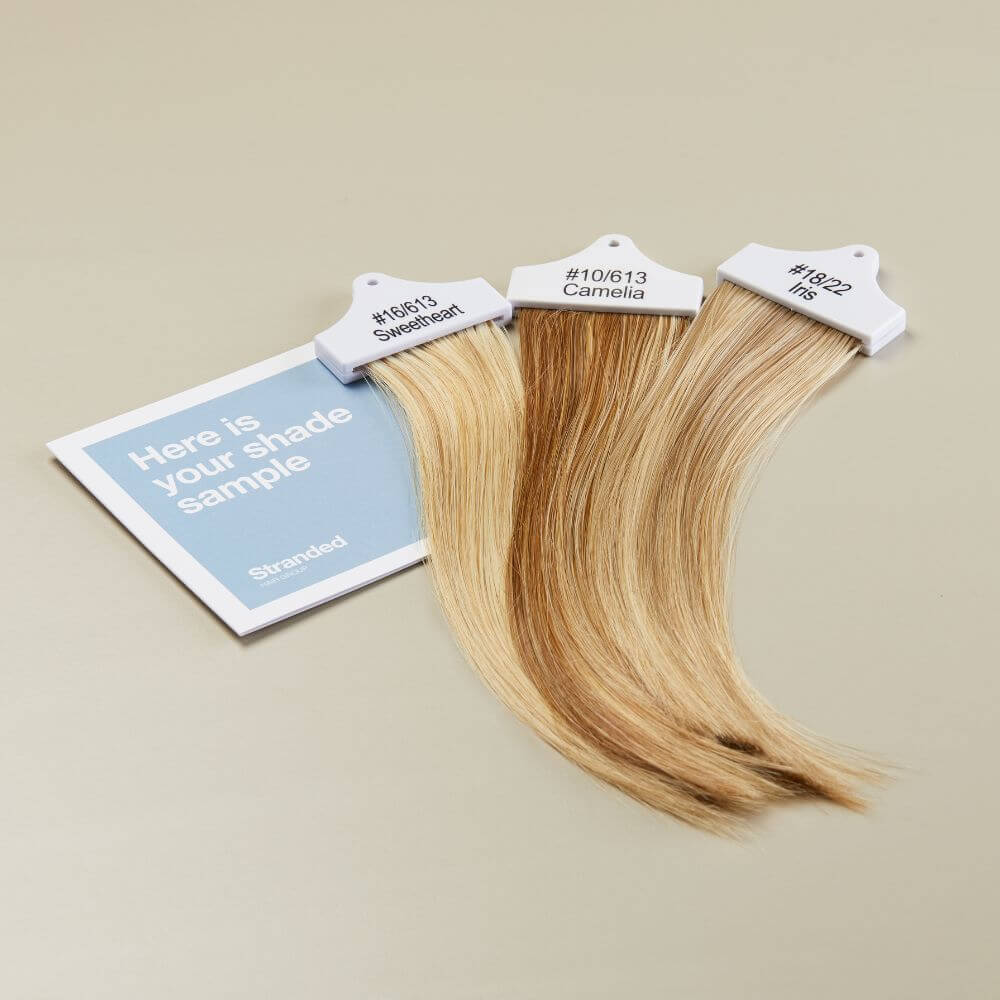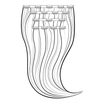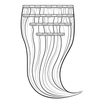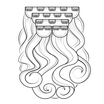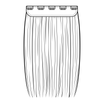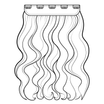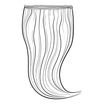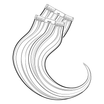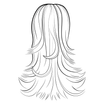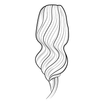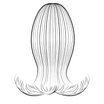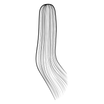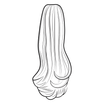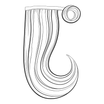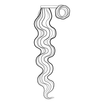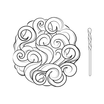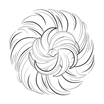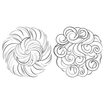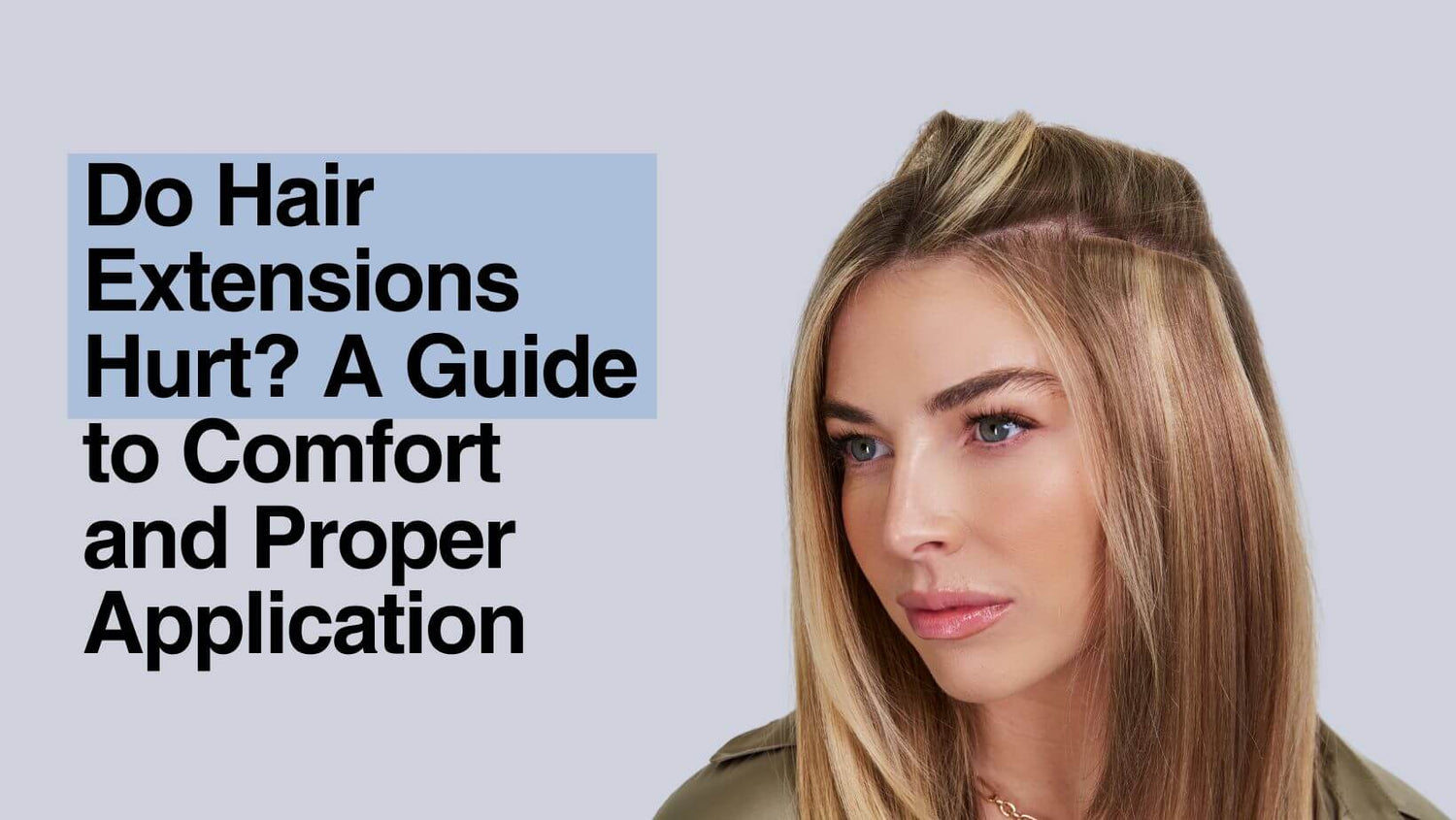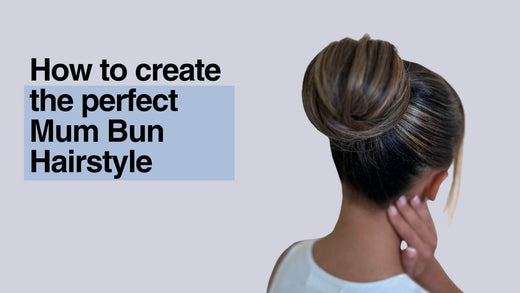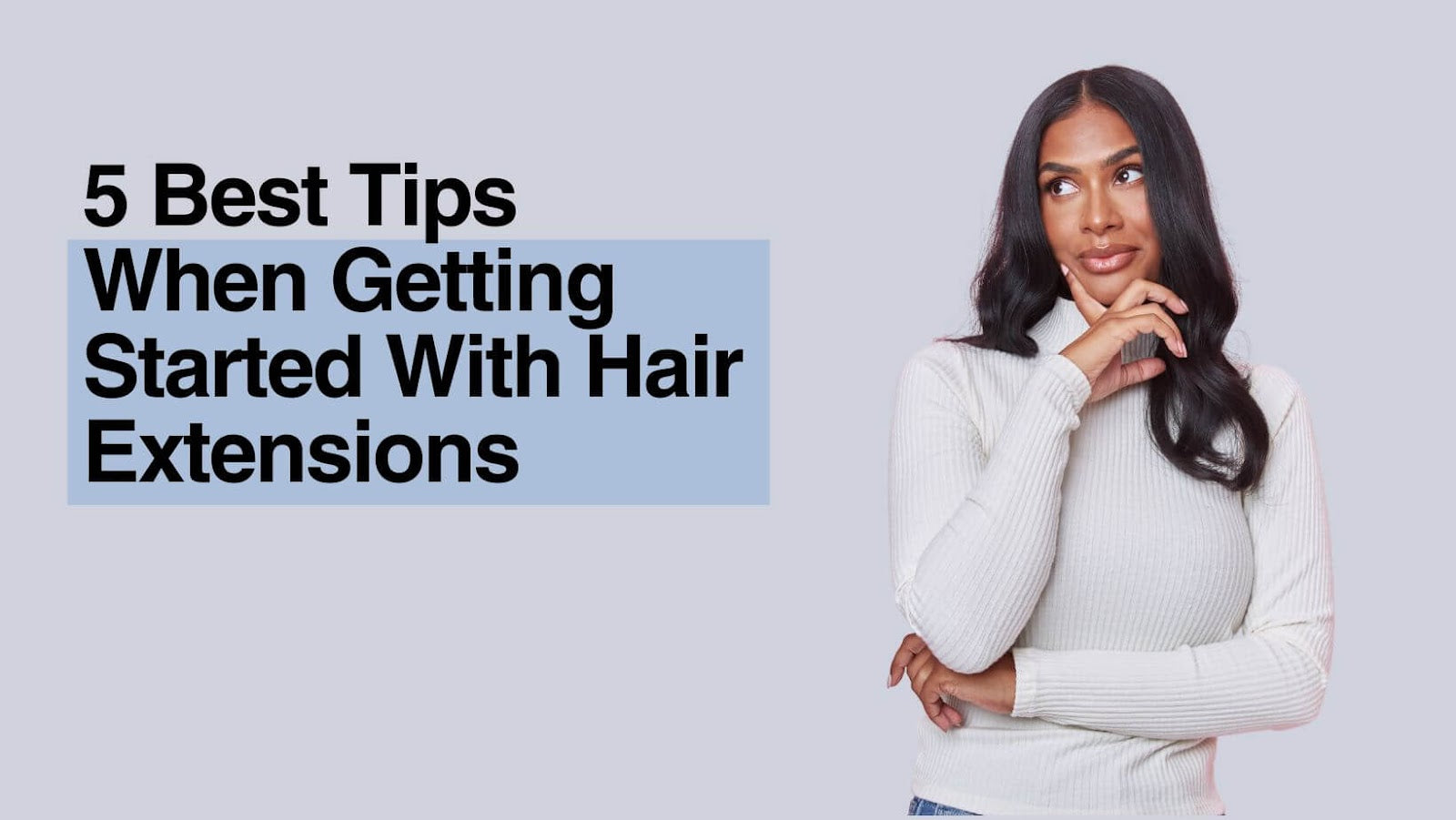Worried that hair extensions might cause discomfort? The good news is, that hair extensions shouldn't hurt. To ensure a comfortable experience, it's important to consider factors like placement, weight, positioning, and any underlying scalp conditions such as sensitivity or delicate areas. In this article, we’ll guide you through all the tips and tricks to avoid any issues with your hair extensions.
You’ve probably heard how hair extensions can transform your look instantly, adding length, volume, and texture. But one common question keeps coming up: Do hair extensions hurt?
The simple answer is no—hair extensions should not hurt. When applied correctly, they can feel as natural as your hair. However, discomfort can arise due to factors like improper application, scalp sensitivity, or choosing the wrong type of extensions for your hair. Let's dive deeper into why hair extensions might hurt, how to avoid discomfort, and how to enjoy your extensions without any pain.
1. Tight Application: The Number One Culprit
One of the most common reasons hair extensions might cause discomfort is due to a tight application. Whether you're using clip-ins, sew-ins, or even bonded extensions, applying them too tightly can pull on your scalp. This pulling can lead to a feeling of tension, and in some cases, it might even cause headaches.

When extensions are installed too close to the scalp or tugging on your natural hair too forcefully, the constant pressure can irritate your scalp. For clip-ins, it's always a good idea to adjust them by clipping them just a few millimetres further away from your scalp if you feel any pulling.
If you're opting for more permanent methods, like microbeads or sew-ins, and you notice discomfort, speak to your stylist. Hair extensions are meant to blend seamlessly with your natural hair, not cause pain. You should feel some pressure when they’re first installed, but any prolonged tension or pain is a red flag that something isn’t quite right.
2. Extensions That Are Too Heavy
Weight is another factor that could make your hair extensions uncomfortable. Hair extensions come in different weights, and it's important to select the right weight based on your natural hair type. If your extensions are too heavy, they can put extra stress on your scalp, leading to discomfort.
For example, if you have fine or thinning hair, opting for a set of thick, heavy extensions might feel overwhelming for your scalp. The added weight can cause tension on your roots, making your head feel sore and even lead to damage over time.

To avoid this issue, always match the weight of the extensions to your hair type. Extensions are typically measured in grams, and there’s a wide range available to suit different needs. Thicker, coarser hair can usually handle heavier extensions, while finer hair types should go for lighter options like the Seamless Set or the Hairline Fillers. If you're unsure, reach out to our extension experts via hello@hairextensions.co.uk who can guide you toward the right set for your hair.
3. Placement Matters: Avoid Sensitive Spots
Where your extensions are placed can also make a world of difference when it comes to comfort. Hair extensions should be applied in areas that don’t irritate or sit too close to sensitive spots on the scalp.
Some individuals have more sensitive areas on their scalp, and if extensions are applied too close to these spots, they can create discomfort or even pain. Always communicate with your stylist if you know you have any tender spots on your scalp. A professional will be able to adjust the placement of your extensions to avoid those areas.
If you’re doing a DIY application with clip-ins, try experimenting with different placements until you find what feels most comfortable. Avoid placing them too close to your scalp or near the edges of your hairline where the skin tends to be more sensitive. Also, look for extensions which have a soft silicone track and strong extension clips which can make them more comfortable.

4. Scalp Sensitivity
Some people naturally have more sensitive scalps, which can make wearing hair extensions a bit trickier. If you’re someone who experiences discomfort even when your extensions are fitted correctly, it might be down to scalp sensitivity.
In this case, you may want to consider opting for lighter extensions or different methods altogether. For example, Seamless Extensions are often considered a gentler option compared to sew-in wefts. They lay flat against your head and distribute the weight more evenly across your scalp, which can help reduce tension.
If you're unsure which type of extensions might be best for your scalp sensitivity, don’t hesitate to ask for advice via hello@hairextensions.co.uk. A consultation with our experienced team can help you find the best method that works for you.
5. Maintenance: Keeping Extensions Comfortable Over Time
One often overlooked aspect of hair extensions is proper maintenance. Even if your extensions are applied correctly, if they're not cared for, they can cause discomfort over time. Tangling, matting, or improper storage can lead to pulling on your scalp, especially with clip-in extensions.
When your extensions are tangled, it can create knots that pull at your roots and irritate your scalp. Proper brushing and storing your extensions can help you avoid this problem.
Regular maintenance also includes following your stylist's advice on how often to wash, condition, and style your extensions. Overusing heat styling tools or harsh products can damage both your natural hair and your extensions, leading to tangles and discomfort.
Tips to Ensure a Pain-Free Experience with Hair Extensions
If you want to ensure that your extensions are as comfortable as possible, here are a few tips to keep in mind:
- Take your time during application: Rushing through the application process, especially with clip-ins, can lead to tangling, improper placement, and even catching stray hairs that can cause discomfort.
- Choose the right weight: Extensions that are too heavy can strain your scalp. Reach out for advice if you’re unsure about which weight suits your hair type, Seamless Hair Extensions or Hairline Fillers are perfectly suited to fine or thin hair types.

- Listen to your scalp: If something doesn’t feel right, adjust the placement of your extensions. Whether it’s a clip-in that’s too tight or a bonded extension pulling too much, prolonged discomfort could lead to more serious issues like traction alopecia, a condition where hair is pulled from the roots, leading to thinning.
- Experiment with different methods: If you have a sensitive scalp or are new to extensions, consider starting with a lighter method like The Seamless Set before transitioning to other types.
- Maintain your extensions: Properly brushing, storing, and caring for your extensions can help prevent tangling and pulling, ensuring a comfortable fit for the long term.
Conclusion: Hair Extensions Should Be Comfortable
Ultimately, hair extensions should feel like an extension of your natural hair—not a source of discomfort. When applied properly and maintained with care, they can transform your look without causing pain. Whether you're a first-time user or a seasoned extension wearer, always ensure you’re listening to your scalp and making adjustments when needed.

Remember, hair extensions are there to enhance your beauty, not to hurt you! So, take the time to find the right method, weight, and placement that works for your hair type, and enjoy the endless styling possibilities they offer—comfortably!

